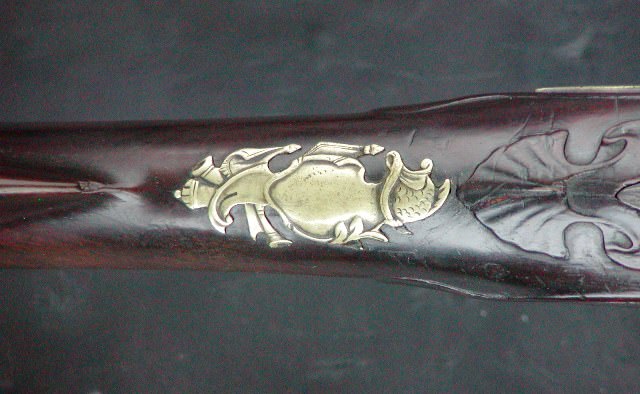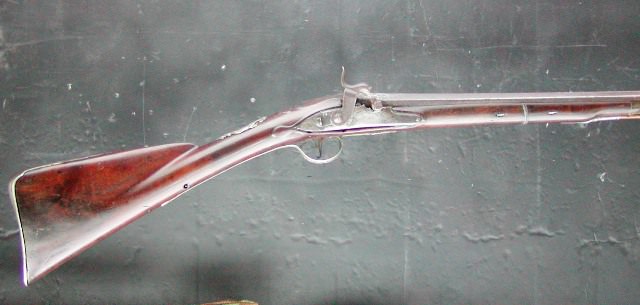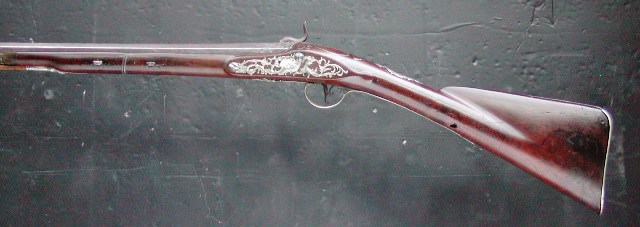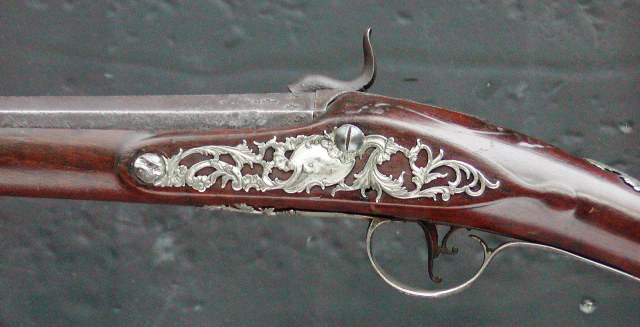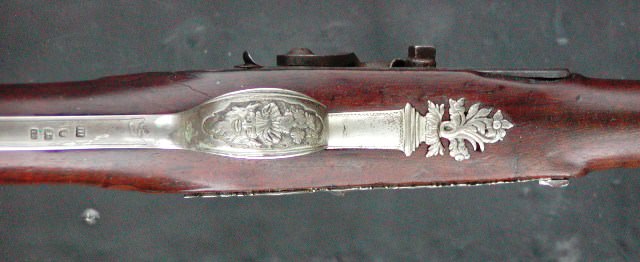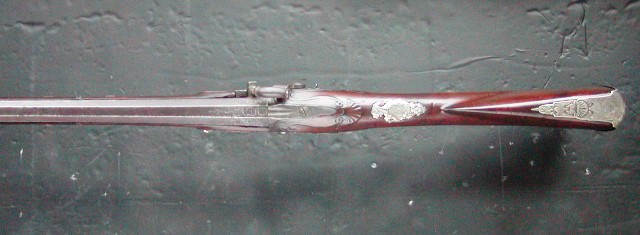- Joined
- Nov 26, 2005
- Messages
- 5,218
- Reaction score
- 10,867
Hi,
Some of you might like to see my progress on building an historically correct 1750s English fowler. The gun is inspired by 2 London-made originals that I own. The barrel is by Colerain, Griffin profile 20 gauge, 42", and is mounted using inlet barrel bands, a method often used by London makers when asked to stock a fine Spanish or Italian barrel. They were concerned that dovetails and brazing would ruin the shooting qualities of the fine thin-walled barrels. The lock is a Chambers round-faced English lock and the mounts are steel and fine silver. The gun will eventually have extensive silver wire inlay and silver decoration suitable for a first quality London gun at the time. The stock is a plank of figured English walnut. I have or will make the standing breech and hook, barrels bands, ramrod pipes, trigger plate, and all silver inlays. The butt plate is fashioned from the "Dubbs" long rifle plate sold by TOW and the steel trigger guard is extensively reshaped to make it more functional and historically correct.
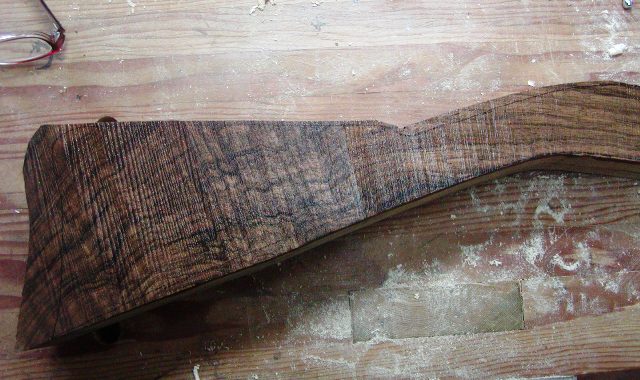
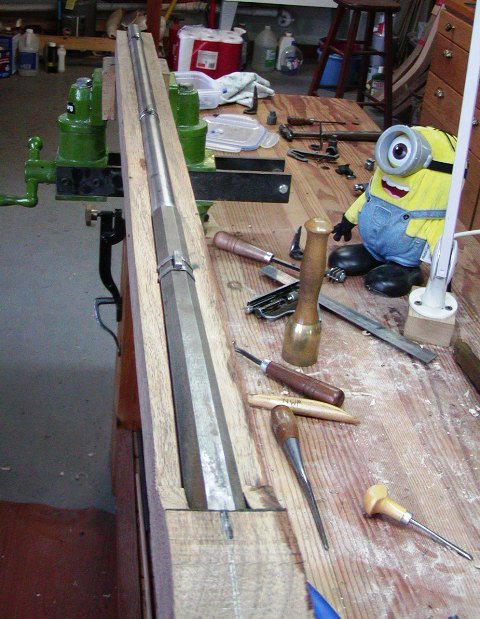
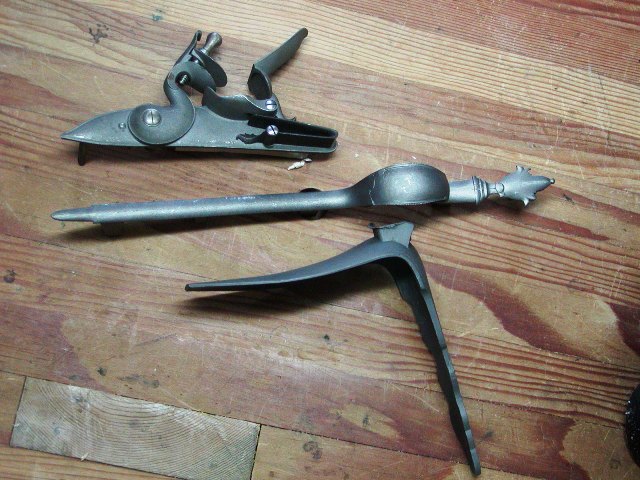
Modifying the butt plate. Black areas show where I added weld to properly lengthen the plate. All commercially available plates are too short:
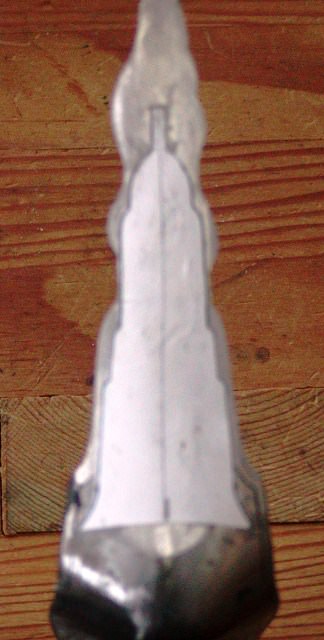
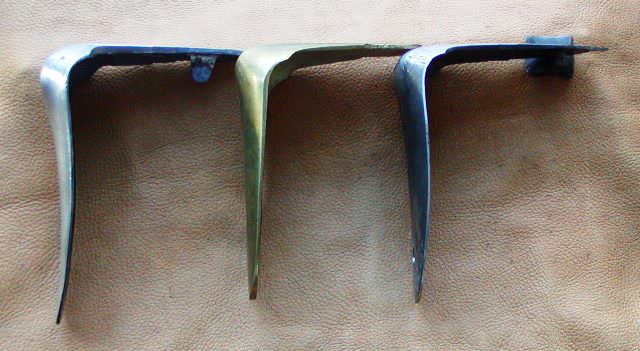
I welded the standing breech to get the proper hump shape and tapered hole for the hook. Except for TRS and Blackley's, no one makes a correct hooked breech.
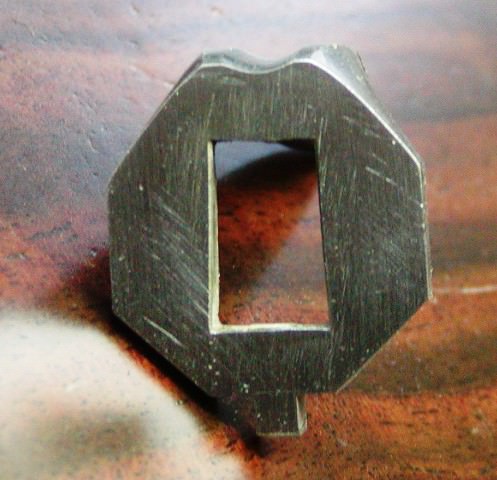
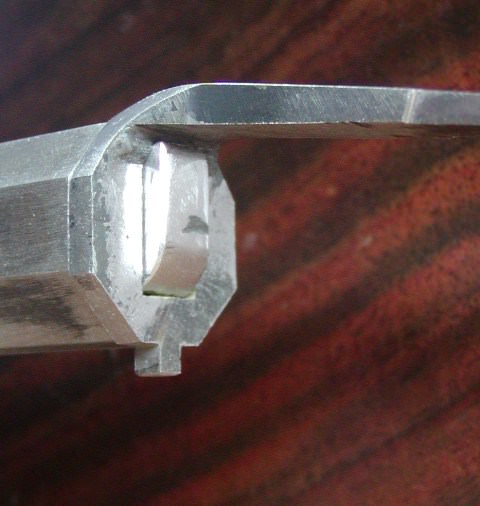
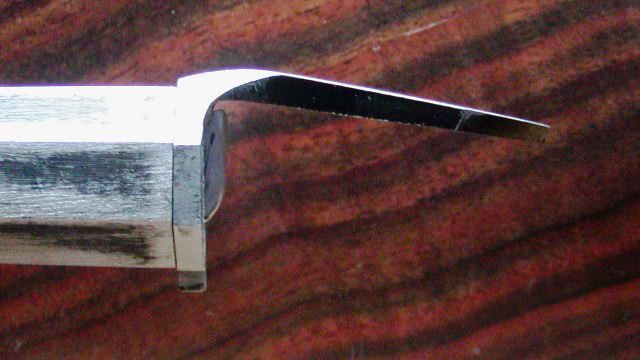
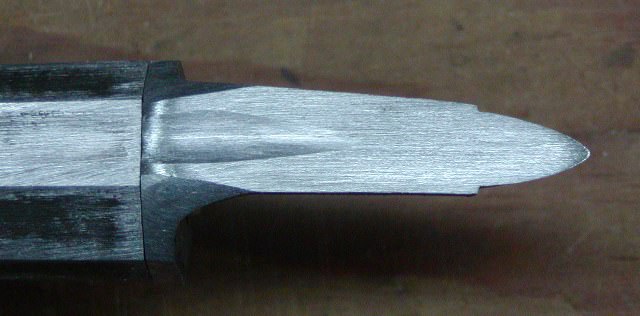


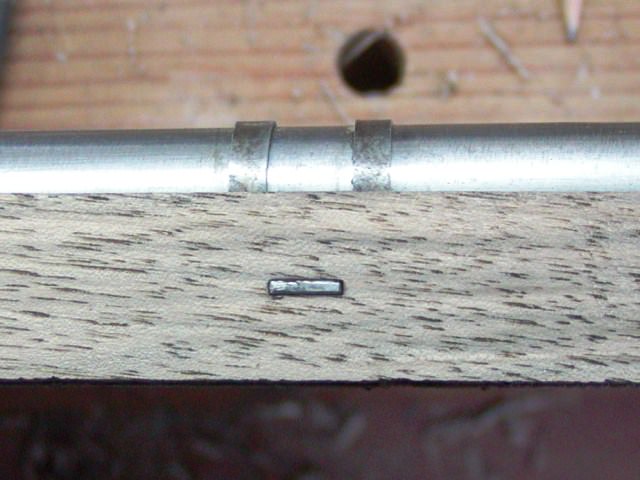
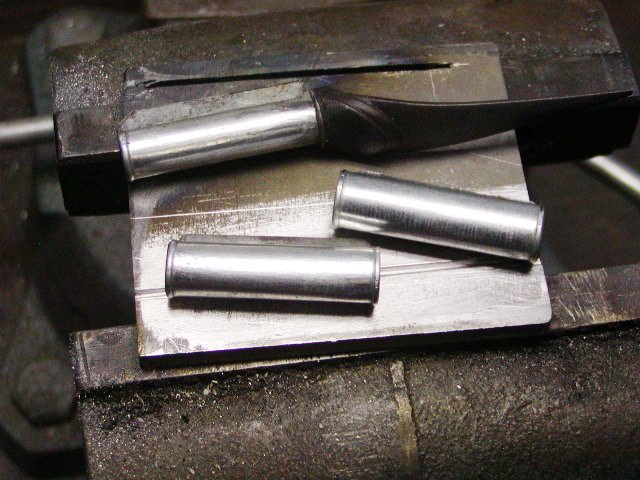
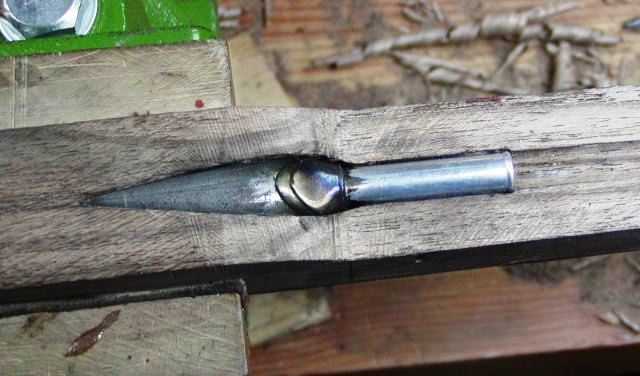
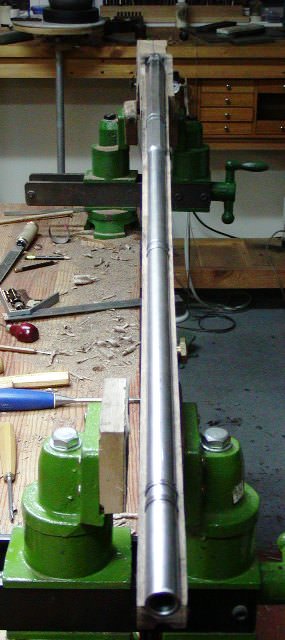
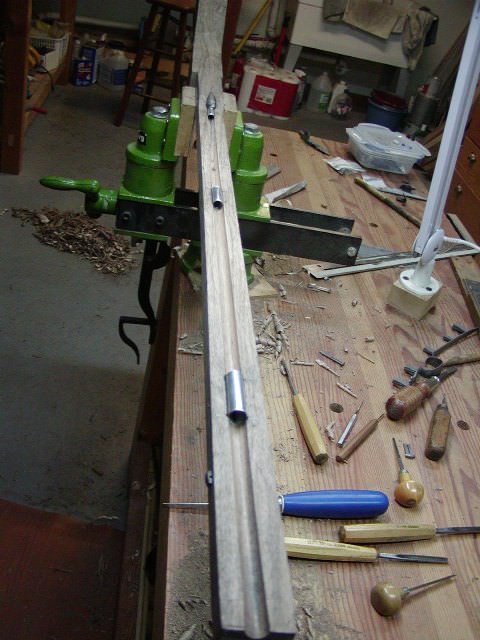
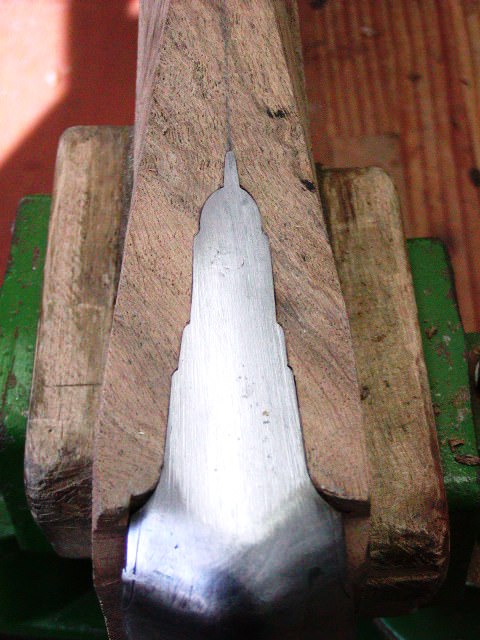
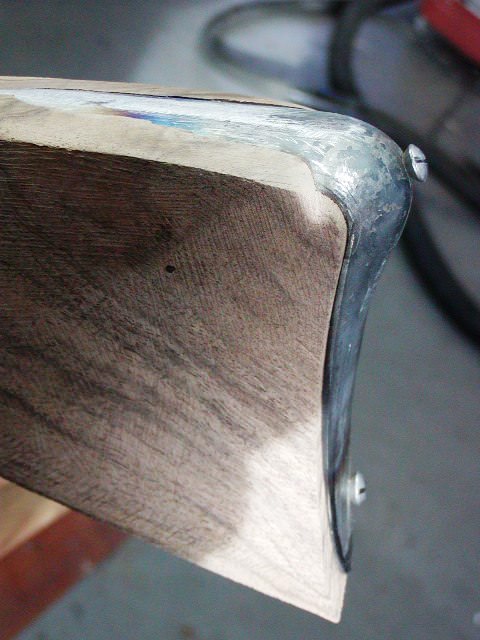
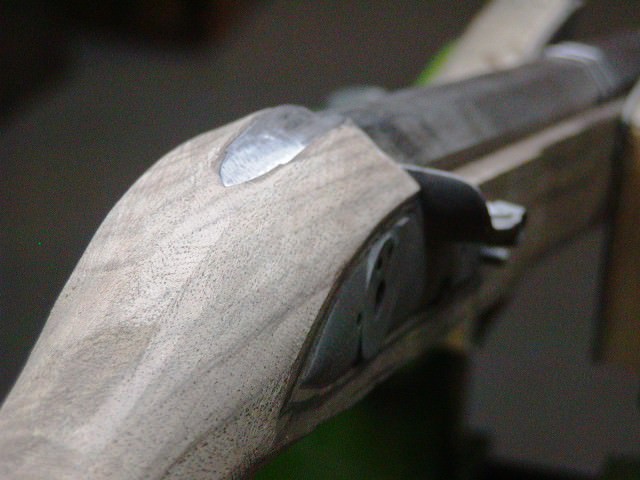
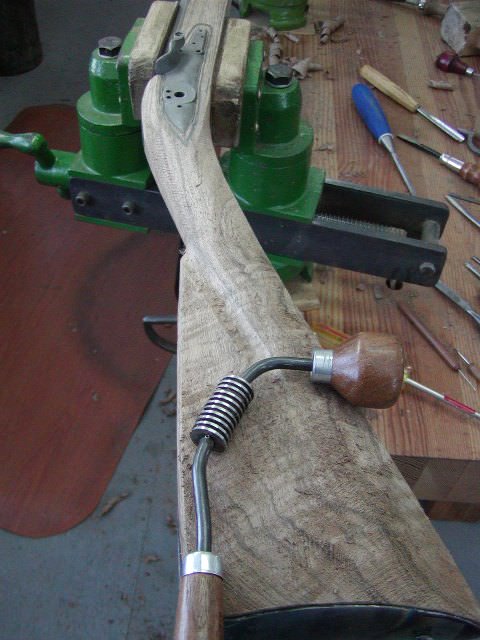
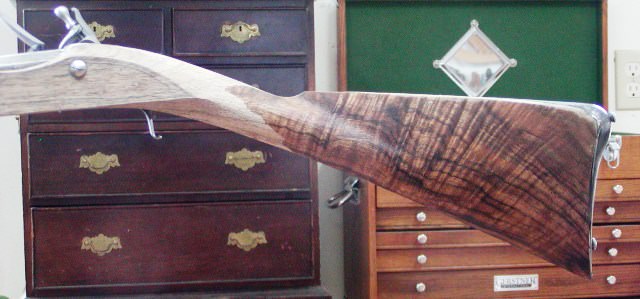

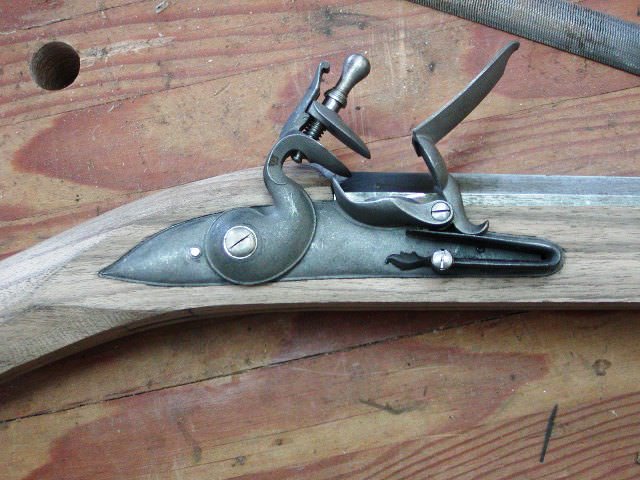
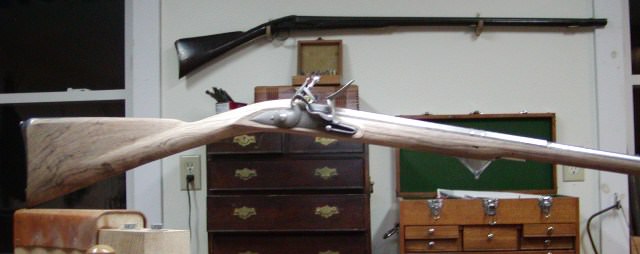
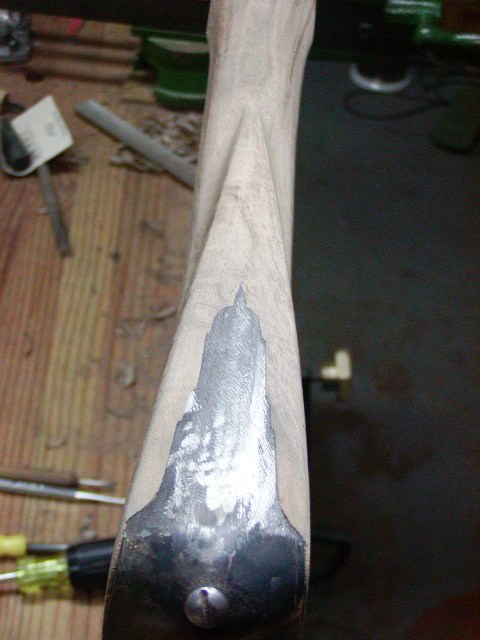
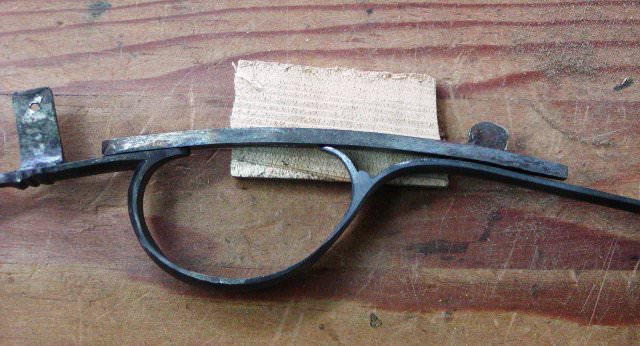
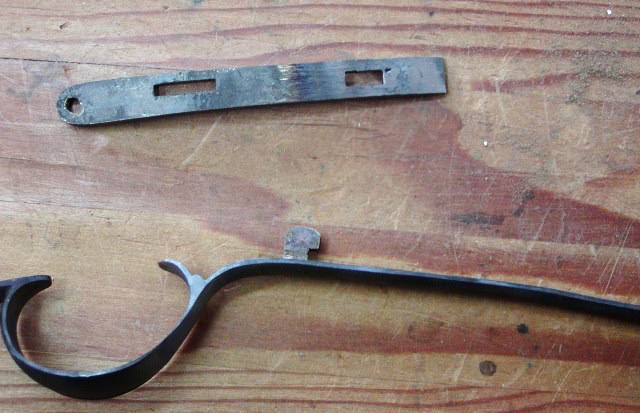
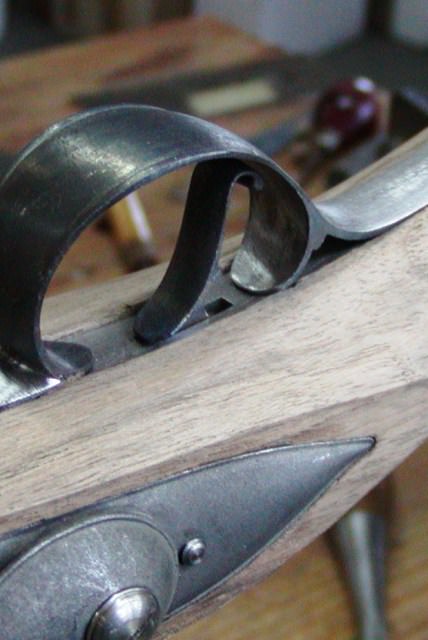
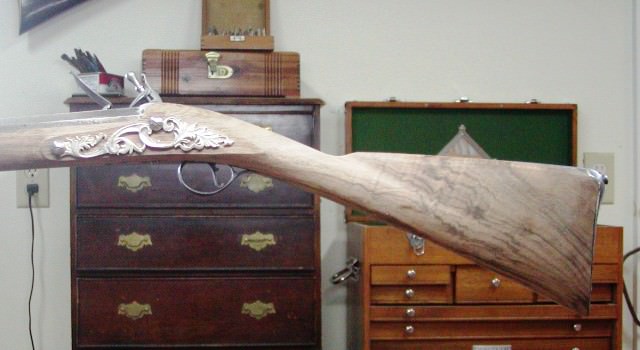
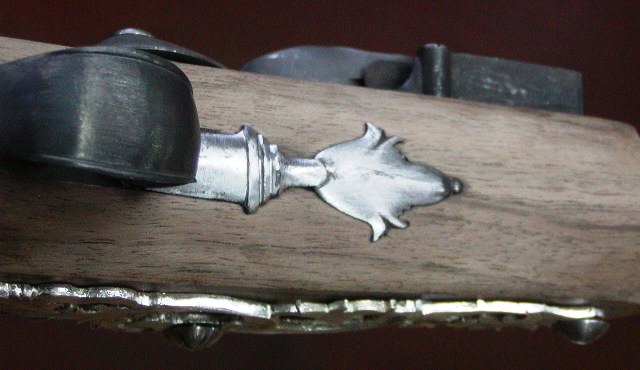
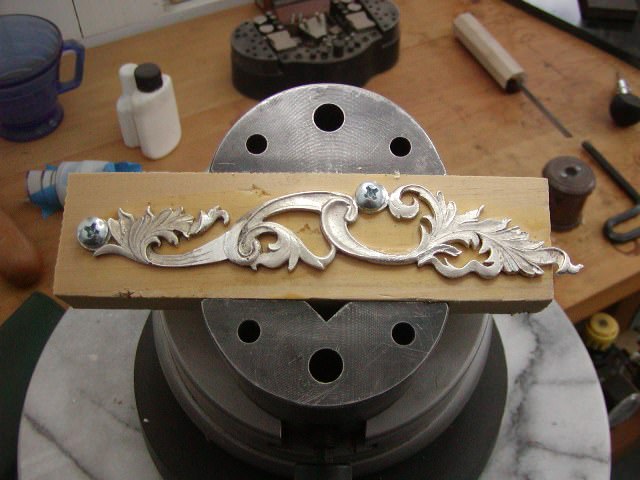
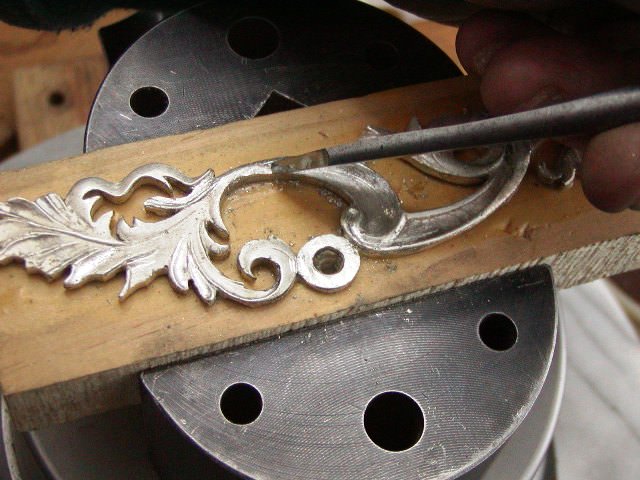
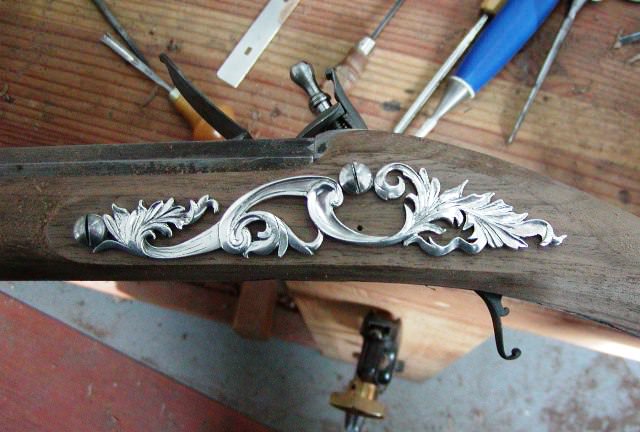
Beginning to inlet the sideplate.
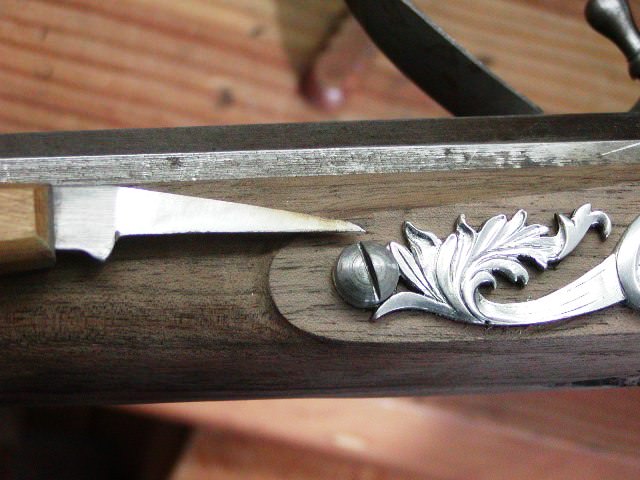
dave
Some of you might like to see my progress on building an historically correct 1750s English fowler. The gun is inspired by 2 London-made originals that I own. The barrel is by Colerain, Griffin profile 20 gauge, 42", and is mounted using inlet barrel bands, a method often used by London makers when asked to stock a fine Spanish or Italian barrel. They were concerned that dovetails and brazing would ruin the shooting qualities of the fine thin-walled barrels. The lock is a Chambers round-faced English lock and the mounts are steel and fine silver. The gun will eventually have extensive silver wire inlay and silver decoration suitable for a first quality London gun at the time. The stock is a plank of figured English walnut. I have or will make the standing breech and hook, barrels bands, ramrod pipes, trigger plate, and all silver inlays. The butt plate is fashioned from the "Dubbs" long rifle plate sold by TOW and the steel trigger guard is extensively reshaped to make it more functional and historically correct.



Modifying the butt plate. Black areas show where I added weld to properly lengthen the plate. All commercially available plates are too short:


I welded the standing breech to get the proper hump shape and tapered hole for the hook. Except for TRS and Blackley's, no one makes a correct hooked breech.




























Beginning to inlet the sideplate.

dave







